Greek Grapes
Mavro (Black) Messenikola
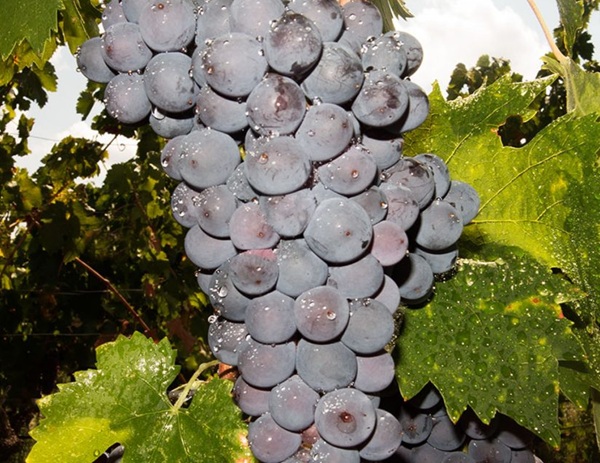
Messenikola is an indigenous black grape from Messenikola in Thessaly. It is named after Monsieur Nicola, a Venetian official who planted vineyards there during the Ottoman period.
The grape is primarily used to produce dry red wines. In the Messenikola PDO, established in 1989, minimum 70% Messenikola is blended with up to 30% Syrah and Carignan (Mazuelo).
Messenikola Flavors
The aroma is full of freshness with the red fruits dominating, followed by floral notes reminiscent of violet and discreet hints of vanilla.
Strawberry |
Cherry |
Violets |
Herbs |
Flavors from Maturation and Aging
Oak |
Vanilla |
Spices |
Chocolate |
Wine Region Thessaly
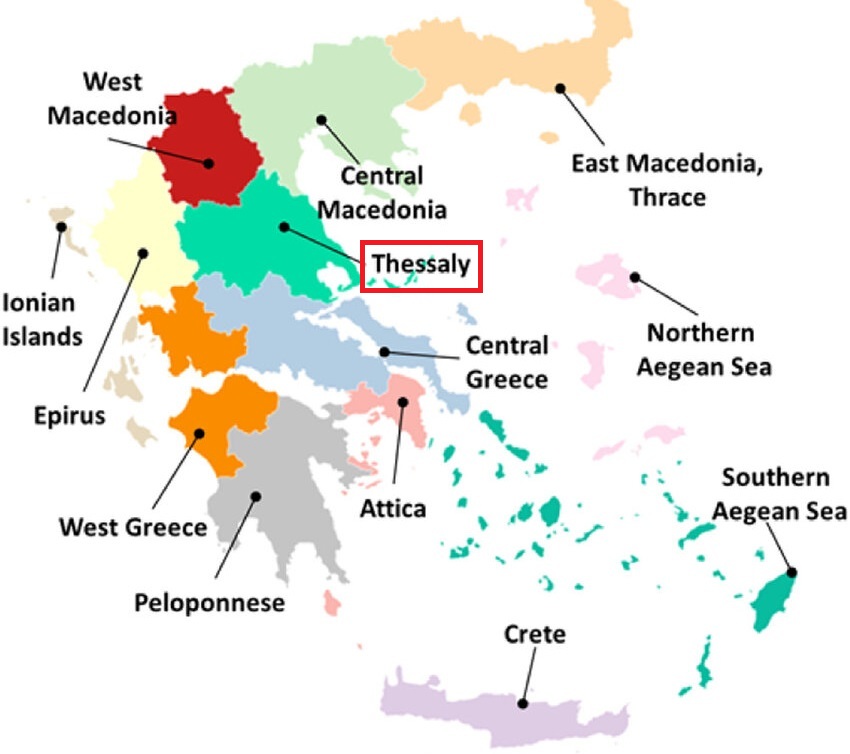
Black Grapes |
White Grapes |
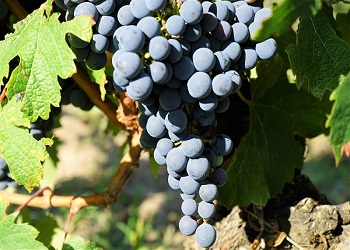
|
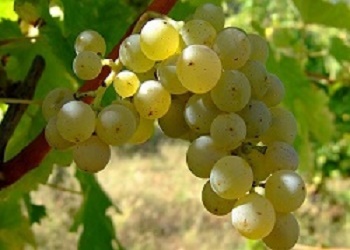
|
Soil |
Climate |
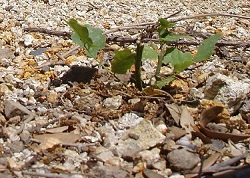
Sandy Clay. |
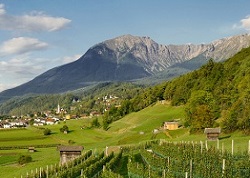
Mediterranean |
Thessaly Wines
Thessaly wines range from full bodied reds from Xinomavro and Messenikola grapes, to aromatic and fresh whites from Roditis grapes.
Thessaly is also known for high-quality red wines from the Limniona grape.
Thessaly PDO Regions
Thessaly (Central Greece) has 3 PDO regions:
PDO Anchialos (1971)
PDO Messenikola (1994)
PDO Rapsani (1971)
PDO Anchialos (ΠΟΠ Αγχίαλος)
PDO requirements:
Dry White from min 80% Roditis + Savatiano.
Medium Dry White from min 80% Roditis + Savatiano.
Medium Sweet White from min 80% Roditis + Savatiano.
PDO Mesenikola (ΠΟΠ Μεσενικόλα)
PDO requirements:
Dry Red from min 70% Messenikola
and max 30% Carignan + Syrah.
PDO Rapsani (ΠΟΠ Ραψάνη)
PDO Rapsani is one of the 4 PDO zones for Xinomavro.
PDO requirements:
Dry Red from Xinomavro, Krassato and Stavroto.